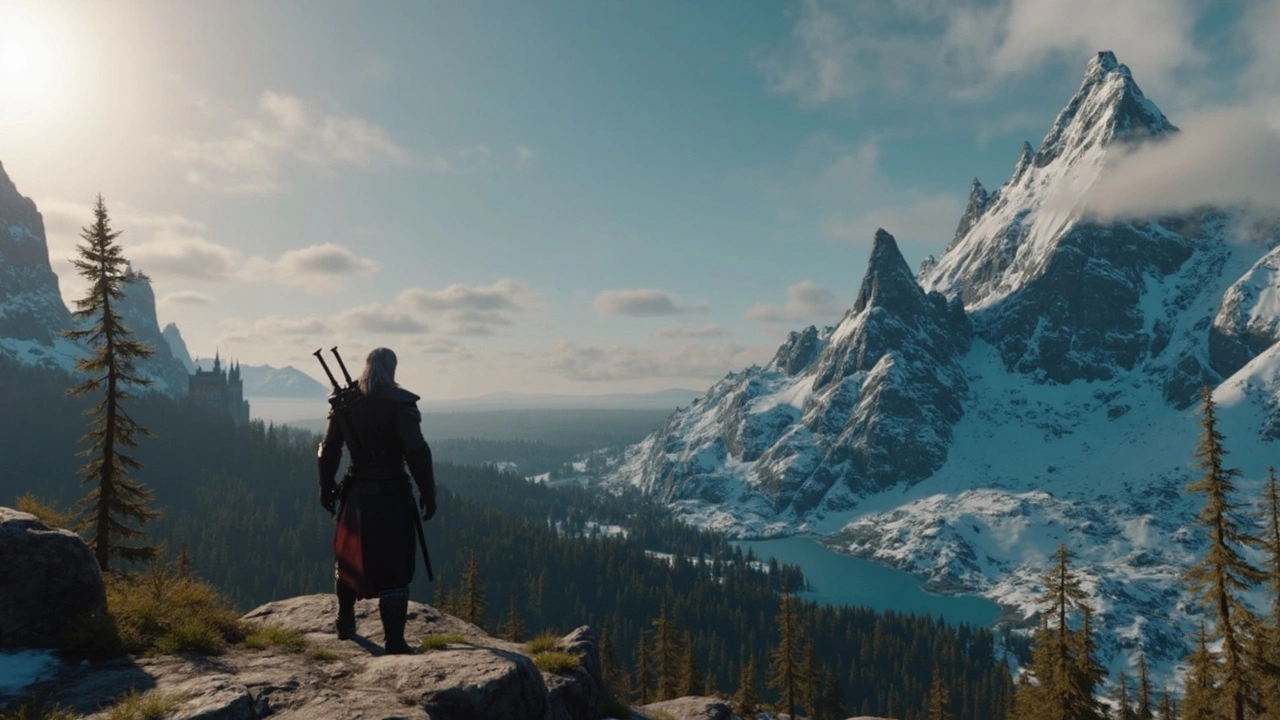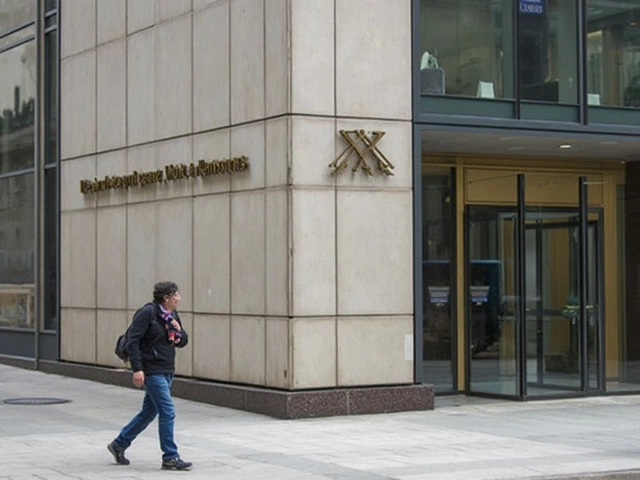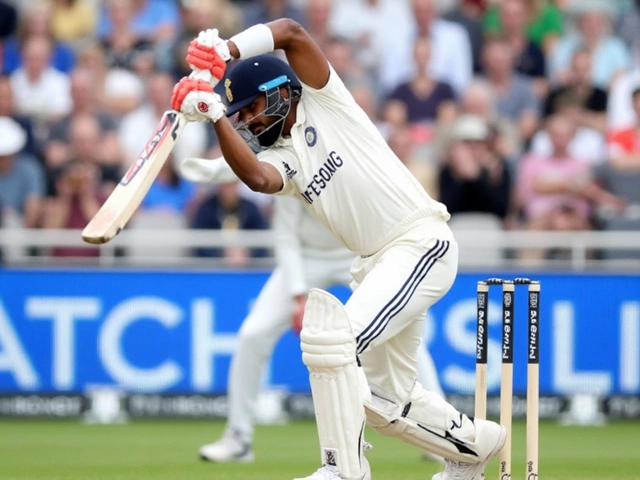Ray Tracing Explained: What It Is and Why It Matters
Ever wondered why the latest games look so lifelike? The secret is ray tracing. It’s a way of simulating light so that shadows, reflections, and highlights appear exactly like they do in the real world. Instead of guessing where light should go, the computer traces the path of each ray of light, bouncing it off surfaces until it finds a light source. The result is crisp, realistic graphics that make you feel you’re actually inside the scene.
How Ray Tracing Works in Simple Terms
Think of a flashlight in a dark room. When you shine it on a wall, the beam hits the wall and bounces back to your eyes. Ray tracing does the same thing, but with millions of tiny rays. Each ray starts at the camera, flies into the scene, hits objects, and then either reflects, refracts, or gets absorbed. The computer calculates the color of each pixel based on those interactions. Because it follows real‑world physics, you get natural‑looking reflections on water, accurate shadows that soften with distance, and glossy surfaces that sparkle correctly.
Early versions of ray tracing were too slow for games, so developers used it only for movies and pre‑rendered cut‑scenes. Today, powerful GPUs from NVIDIA (RTX series) and AMD (RDNA 2) have dedicated hardware called RT cores that handle ray calculations quickly enough for real‑time play. That’s why you see ray‑traced graphics in titles like "Cyberpunk 2077" and "Minecraft RTX."
Getting the Most Out of Ray Tracing on Your PC
If you’re ready to try ray tracing, start with the right hardware. A minimum of an NVIDIA RTX 2060 or AMD RX 6700 XT will let you enable ray‑traced effects at 1080p with decent frame rates. For 1440p or 4K, aim for higher‑end cards like the RTX 3080 or RX 6800 XT.
Next, tweak the in‑game settings. Most games let you turn on or off specific ray‑traced features: reflections, shadows, global illumination, and ambient occlusion. Turning on only the effects you like keeps performance higher. For example, enabling ray‑traced reflections but leaving shadows on rasterized mode can still give a big visual boost without a huge FPS drop.
Don’t forget driver updates. GPU manufacturers release optimization patches regularly, so keeping your drivers current can add a few extra frames per second. Also, check for DLSS (Deep Learning Super Sampling) on NVIDIA cards—it uses AI to upscale lower‑resolution images, letting you keep ray tracing on while staying smooth.
Finally, be realistic about expectations. Ray tracing is still demanding, and the best visual quality often comes with a trade‑off in performance. If you’re playing competitive shooters where every frame counts, you might prefer to keep ray tracing off and focus on high refresh rates.
Ray tracing is reshaping how games and movies look, and it’s only getting better. As GPU tech improves, we’ll see more titles adopt full‑scene ray tracing, bringing cinema‑grade visuals to everyday gaming rigs. Whether you’re a casual player or a hardcore enthusiast, understanding the basics helps you make smarter choices about hardware and settings. So fire up your favorite title, toggle those ray‑traced options, and enjoy the new level of realism.
The Witcher 4 Tech Demo on PS5 Impresses with 60 FPS Ray Tracing and Dense Open World
Posted by Daxton LeMans On 4 Jun, 2025 Comments (0)

CD Projekt Red and Epic Games wowed players by unveiling The Witcher 4 running on Unreal Engine 5.6 at 60 FPS with ray tracing on PS5. The tech demo, set in Kovir, showed off dense crowds, fast loading, and advanced visual effects, highlighting big steps forward in open-world game tech.




